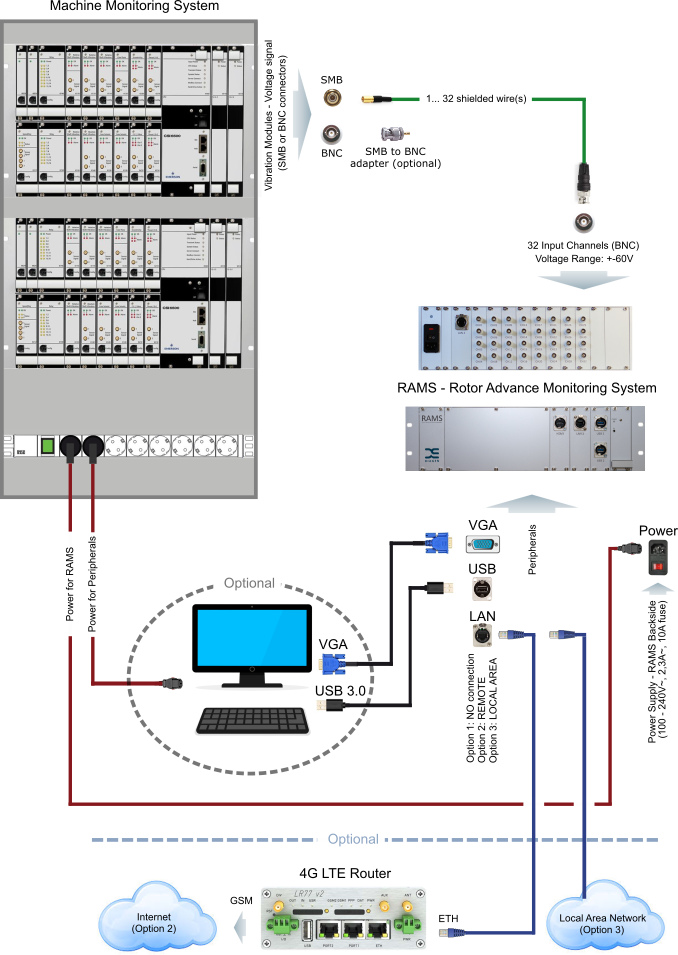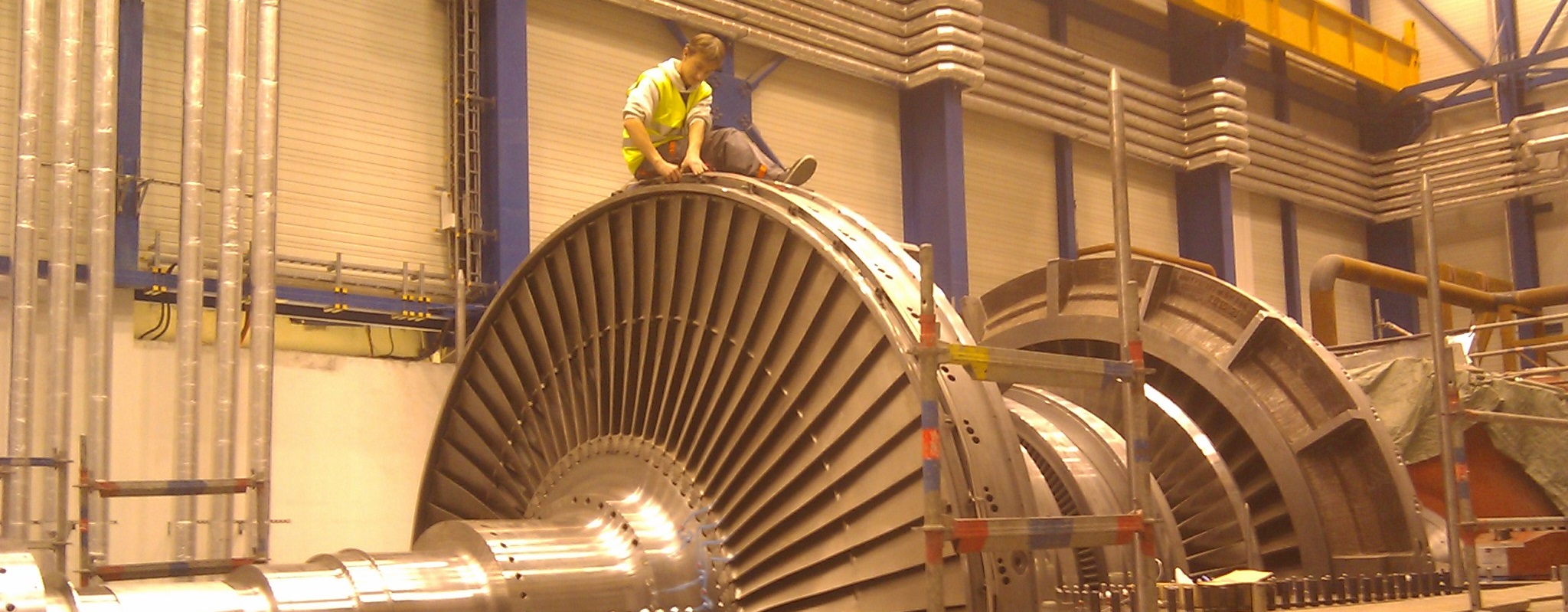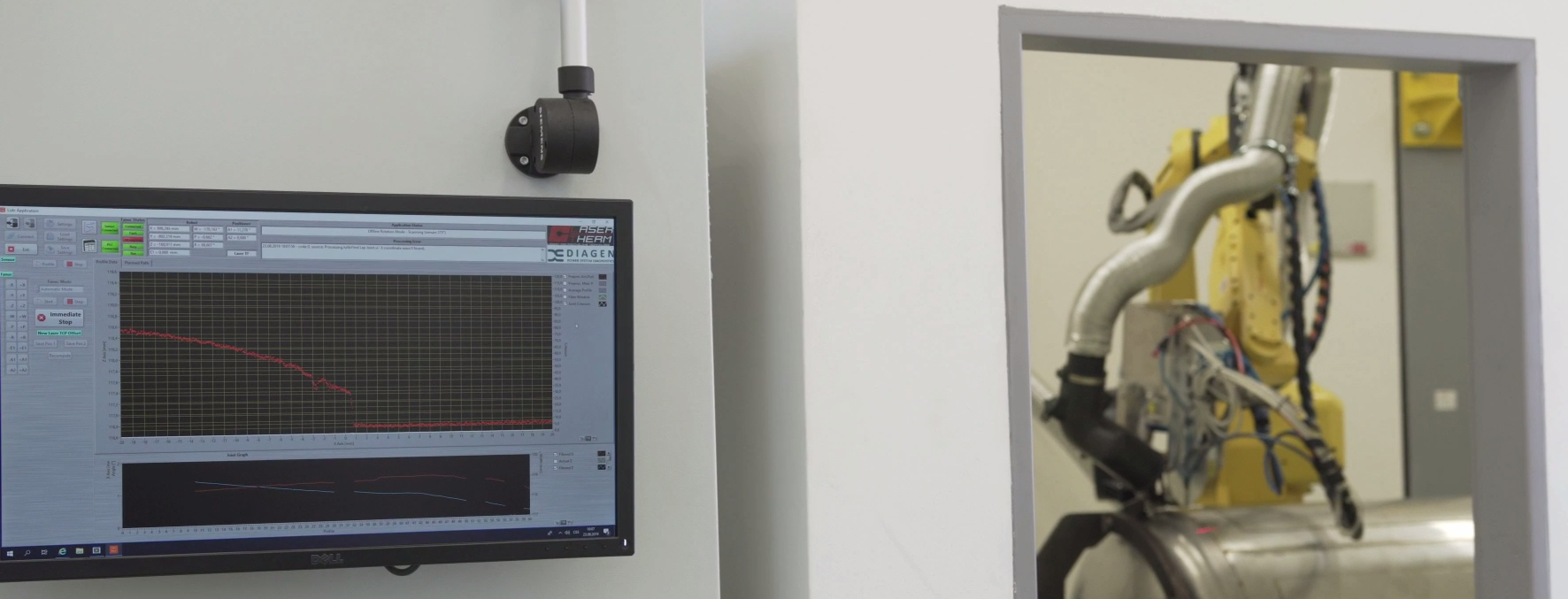The RAMS (Rotor Advanced Monitoring System) system is primarily used for automatic detection and subsequent localization of rotor rub (rubbing) on rotary machines. In the extended version with a blade monitoring module, the RAMS system can then be used for basic monitoring of rotating blade vibrations, most often the stages with longest blades of low-pressure turbine parts.
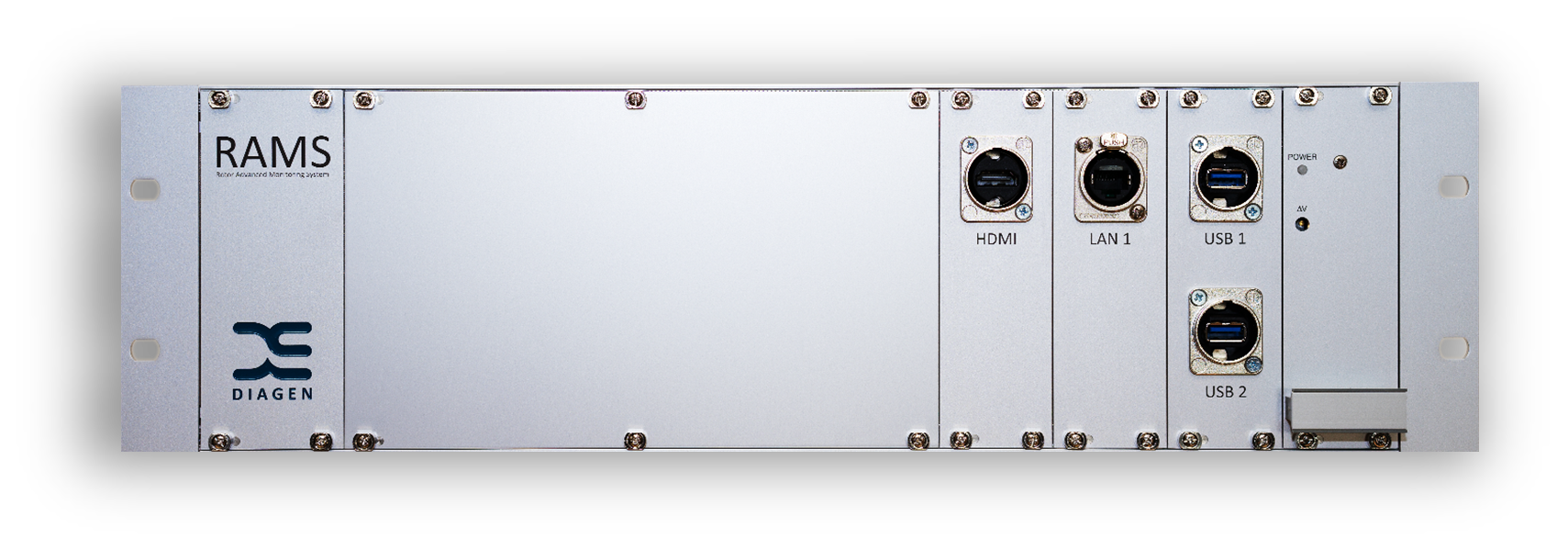
Target Applications
- Online detection of rotor/stator contact
- Evaluation of the contact type (partial and full) and rub intensity
- Visualisation of diagnostic features, orbits, full cumulative spectra, …
- Monitoring of all turbine states (runup and rundown, various turbine loads, turning gear operation, ...)
- Axial and tangential rotor/stator contact localization
Software
The measuring and evaluation software implements the original algorithms for rub detection and bladed disc monitoring in rotary machines. Signal processing and analysis takes place automatically based on the set trigger levels and alarm levels. The user interface offers the possibility to select a specific measured plane for monitoring, display spectra, spectrograms and diagnostic quantities of each plane, and set monitoring parameters.
All system activity is recorded in the form of alarms and log changes. After detecting alarm in the system, the measured signals in full sampling are automatically saved to disk. This enables subsequent detailed analysis of diagnostic events.
Functions
The RAMS Online software application is used for processing and archiving measured signals. Within signal processing, basic quantities describing turbine vibrations are calculated, i.e. for example Smax values, amplitude and phase 1X, effective values of vibrations, static rotor positions, etc. and characteristic quantities that serve for automatic monitoring are calculated as well. An internal HDD or an external HDD with a capacity of 1TB to 4TB connected via USB is used for archiving.
RAMS is supplied as standard in the form of a 3U subrack for installation in 19” cabinets and it is assumed that it will be installed in the cabinet of the turbine monitoring system. If this is not possible and during short-term installation of the RAMS system, it is often used to place the system close to the turbine monitoring system at a measuring station temporarily set up for this purpose.
The RAMS system is connected to the turbine monitoring system using SMB / BNC or BNC / BNC cables depending on the type of connector of the monitoring system's card outputs. The connectors on the fronts of the monitoring system cards for temporary / field measurements are most often used to access the measured signals. In the case of long-term installation of the RAMS system a connection to the rear terminals of the measured signals on the cards of the turbine monitoring system using flat connectors (FASTON) is used.
Depending on the task, the RAMS measures the signals of relative rotor vibrations, absolute stator / bearing vibrations, relative axial displacements and the phase mark signal (Sensor Signal or Pulse).
Axial Contact Localization
The resulting localization methodology allows for localization of the precise point of contact inside the turbine in the axial and the tangential direction which considerably shortens the outage time for the turbine body where rubbing occurred is known beforehand. At the same time the progress of the repair can be planned in advance for the result of the contact localization specifies the particular place and turbine components affected by the rubbing
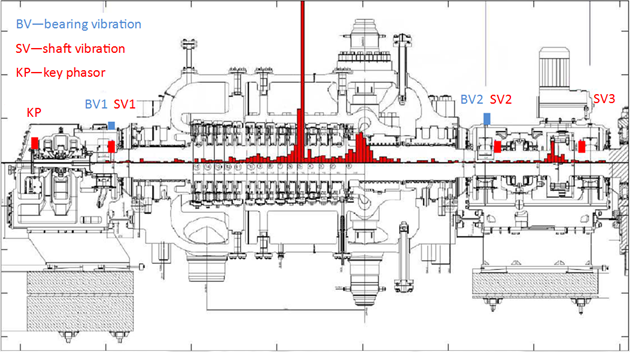
Wiring diagram of RAMS to turbine monitoring system
